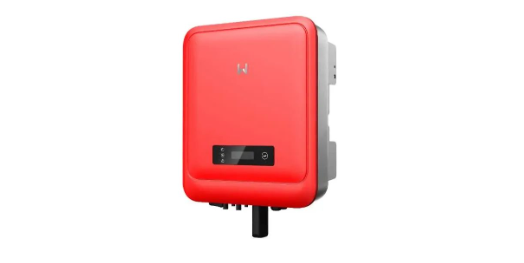
Inverters play a crucial role in converting direct current (DC) to alternating current (AC), making them essential components in renewable energy systems, uninterruptible power supplies, and various electronic devices. Within the realm of inverters, two fundamental concepts emerge: frequency mixing and single frequency operation. Understanding these concepts can help you choose the right inverter for your specific application.
Single frequency inverters operate at a fixed frequency level to produce AC power. Most commonly, this fixed frequency aligns with standard power grid frequencies, such as 50 Hz or 60 Hz. The advantage of this straightforward approach is that it provides a stable and predictable output, making these inverters ideal for applications needing a consistent power supply. For example, single frequency inverters are widely used in residential solar systems, where maintaining grid compatibility is essential.
On the other hand, frequency mixing refers to inverters that can operate across a range of frequencies rather than being restricted to a single one. This capability allows them to enhance performance in various contexts, particularly in variable speed applications like motor drives. Frequency mixing employs techniques to blend multiple frequencies, optimizing the inverter's output according to real-time demands. This flexibility often translates to improved efficiency and better adaptability to different load conditions.
When considering applications, single frequency inverters are often used in situations where grid compatibility is non-negotiable, such as in homes or businesses. Their predictability enhances safety and ensures equipment longevity. Conversely, frequency mixing inverters are advantageous in industrial settings, where variable loads may require dynamic power management. They can maximize energy efficiency, reduce operational costs, and improve system responsiveness.
Efficiency is another area where the differences between single frequency and frequency mixing inverters become evident. Single frequency inverters typically achieve high efficiency under stable conditions but may struggle when load requirements fluctuate. In contrast, frequency mixing inverters can adjust their output to maintain efficiency across a range of operating conditions. This adjustable performance is especially beneficial in applications with high variability, allowing for a more tailored energy solution.
Ultimately, the choice between frequency mixing and single frequency inverters hinges on the specific needs of your application. If you require a consistent output that matches grid standards, a single frequency inverter is the way to go. However, if your application demands versatility and the ability to adapt to changing conditions, frequency mixing inverters could provide the best results. Understanding these differences can empower you to make an informed decision and enhance the effectiveness of your energy solutions.
Next:Technical Requirements and Testing Methods for Grid-Tied Photovoltaic Power Generation Inverters
Previous:The Importance of Hybrid Inverters in Modern Energy Solutions